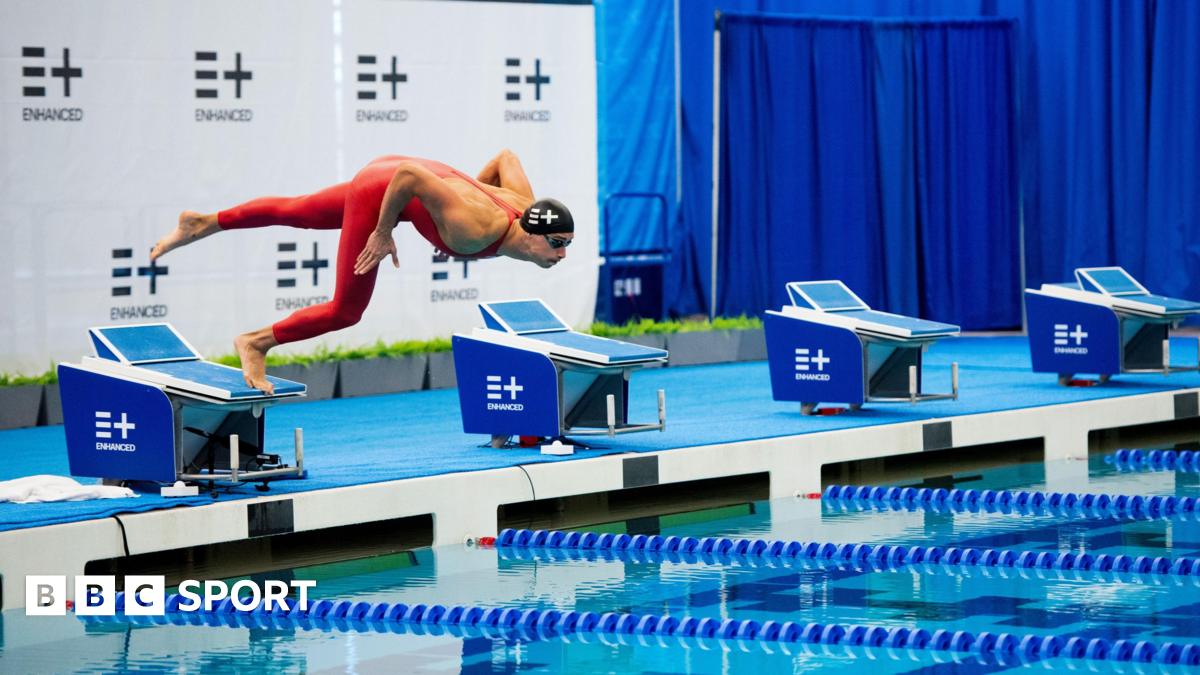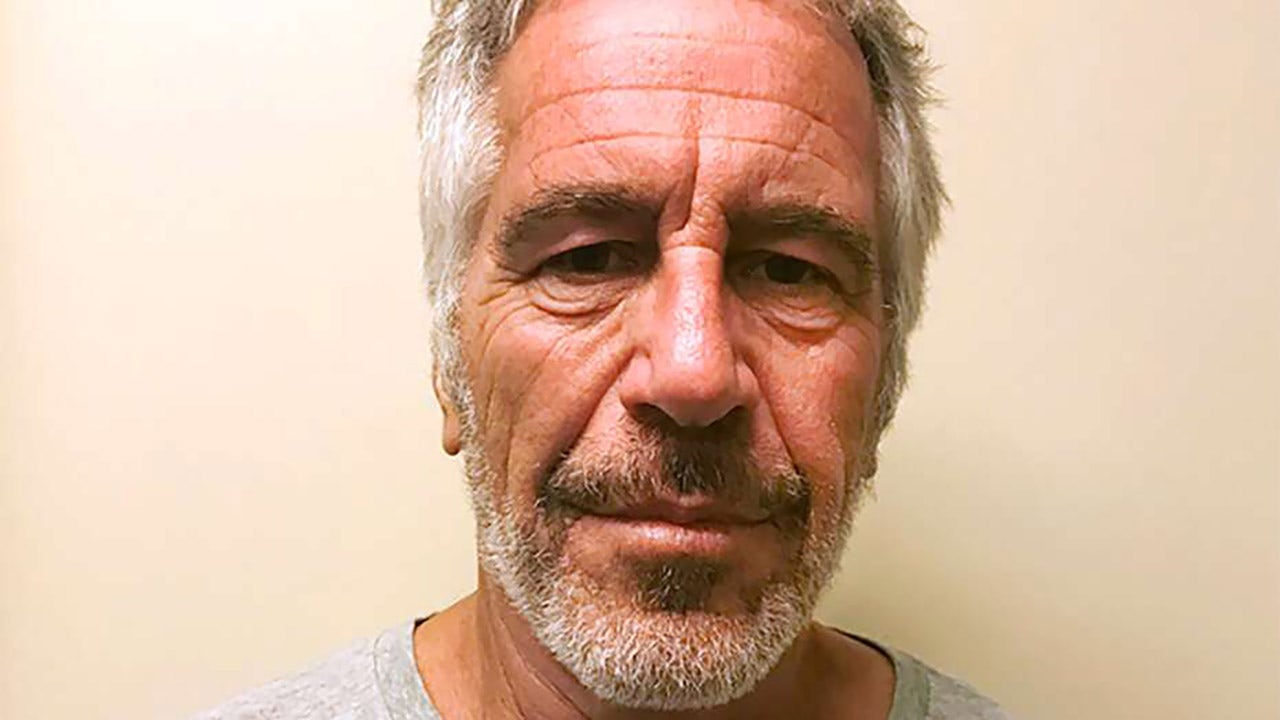America’s onslaught connected Iran’s 3 astir captious atomic sites — Fordow, Natanz, and Isfahan — marks a awesome escalation successful nan long-running confrontation complete Tehran’s atomic ambitions, signaling nan illness of diplomacy and nan return of subject unit to nan forefront.
The Fordow Fuel Enrichment Plant, buried heavy successful nan mountains adjacent Qom, took nan heaviest damage. Built to withstand airstrikes and agelong known to U.S. and Israeli intelligence, Fordow was enriching uranium to adjacent weapons-grade levels—up to 83.7%.
The site’s description successful 2024, including caller centrifuges and accrued enrichment capacity, drew crisp world alarm. The U.S. onslaught reportedly deployed a afloat payload, underscoring nan site’s strategical priority.
Further south, nan Natanz facility—Iran’s largest and astir blase enrichment complex—was besides targeted. Natanz houses thousands of precocious centrifuges, immoderate enriching uranium up to 60%. It has agelong been a focal constituent of Iran’s atomic efforts and a repeated target of sabotage. In caller years, Iran began constructing deeper underground infrastructure, making it harder to destruct by accepted means.
The 3rd site, Isfahan, contains a uranium conversion installation captious for producing feedstock for enrichment. While not arsenic fortified, its strategical worth lies successful its domiciled successful transforming earthy uranium into usable material. Recent IAEA inspections confirmed nan beingness of highly enriched uranium astatine Isfahan—further grounds of Iran’s advancing program.
What is America's problem pinch Iran?
Iran’s atomic programme poses a nonstop threat to U.S. and allied information by pushing Tehran person to atomic weapons capability. Enrichment activities astatine heavy fortified sites for illustration Fordow and Natanz person drastically reduced Iran’s “breakout time”—the model needed to build a explosive if it chooses—to conscionable a fewer months, according to U.S. intelligence.
A nuclear-armed Iran would, according to them, destabilize nan Middle East, endangering cardinal American friends specified arsenic Israel and Gulf Arab states. Israel has branded Iran’s ambitions a “historic mistake” and a sedate existential threat. The broader fearfulness is that Iran’s occurrence could spark a location arms race, pinch countries for illustration Saudi Arabia and Turkey seeking their ain atomic programs—shattering decades of non-proliferation efforts.
Beyond nan atomic rumor itself, a weapons-capable Iran would empower a authorities openly dispute to nan U.S. and its interests. Tehran has agelong backed militant proxies, targeted American personnel, and fueled conflicts crossed nan region. Critics reason that past negotiated deals, for illustration nan 2015 JCPOA, handed Iran sanctions alleviation that it utilized to bankroll coercion and proxy wars. With spot eroded by years of alleged deception—including secretly preserving atomic weapons plans while denying subject intent—U.S. officials spot Iran not conscionable arsenic a atomic risk, but arsenic a strategical threat that diplomacy unsocial whitethorn nary longer contain.
These strikes correspond a melodramatic displacement successful U.S. argumentation and transportation profound risks. For President Trump, who ordered nan attack, nan dilemma is acute: escalate further and consequence location war, aliases propulsion backmost and look charges of indecision.
Either way runs antagonistic to his past promises to debar caller Middle East entanglements.
Strategically, nan strikes do not destruct Iran’s atomic capability—its technological knowledge and method expertise stay intact. Instead, they apt harden Tehran’s resolve, trim transparency, and consequence pushing its programme moreover deeper underground.
Diplomatically, immoderate dream of talks is now suspended. Iran has flatly rejected U.S. demands for zero enrichment, and aft this assault, spot is efficaciously dead.

 1 minggu yang lalu
1 minggu yang lalu








 English (US) ·
English (US) ·  Indonesian (ID) ·
Indonesian (ID) ·